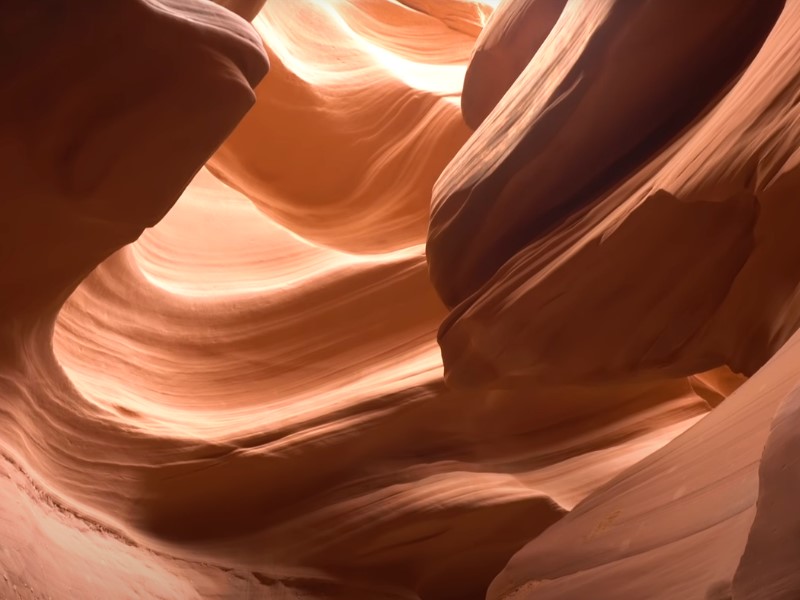Your guide to visiting Antelope Canyon Arizona
Antelope Canyon is a breathtaking natural wonder located in the Navajo Nation of Northern Arizona. It is divided into two sections: Upper Antelope Canyon and Lower Antelope Canyon. While both canyons offer stunning views and photo opportunities, they each have their own unique characteristics and experiences. In this blog post, we'll explore the differences between visiting Upper Antelope Canyon and Lower Antelope Canyon to help you decide which one is right for you.
Upper Antelope Canyon:
Upper Antelope Canyon is the more popular of the two canyons and is often referred to as "The Crack." This is because it is a narrow, twisting slot canyon that is only accessible through a narrow opening in the rocks. It is also the more expensive of the two canyons, with tours typically costing around $70 per person.
The main attraction of Upper Antelope Canyon is the way the light filters down through the narrow opening in the rocks, creating a stunning play of light and shadow on the sandstone walls. This is particularly striking during the summer months, when the sun is at its highest point in the sky and the light beams down into the canyon, creating a magical effect.
Due to its popularity, Upper Antelope Canyon can get quite crowded, especially during peak season. Visitors are usually required to book a tour in advance, and the tour groups can be quite large. However, the tours are led by experienced Navajo guides who are knowledgeable about the canyon and its history.
One advantage of visiting Upper Antelope Canyon is that it is easily accessible, with a short walk from the parking lot to the entrance. This makes it a great option for those with limited mobility or who are traveling with young children.
Lower Antelope Canyon:
Lower Antelope Canyon, also known as "The Corkscrew," is a longer, deeper canyon that requires visitors to climb down a series of ladders to access. This makes it a bit more physically demanding than Upper Antelope Canyon, but also means that it is typically less crowded and more affordable, with tours typically costing around $40 per person.
The main attraction of Lower Antelope Canyon is the intricate patterns and shapes that have been formed in the sandstone by years of erosion. The canyon is narrower at the top and widens out as it gets deeper, creating a beautiful corkscrew shape that is particularly striking in photographs.
Due to its more challenging access, Lower Antelope Canyon is less visited than Upper Antelope Canyon, but this also means that it can offer a more intimate and personal experience. Visitors are often led through the canyon in smaller groups, allowing for more time to explore and take photos.
One disadvantage of Lower Antelope Canyon is that it is not as easily accessible as Upper Antelope Canyon, and requires visitors to be physically fit and comfortable climbing ladders. It is also located on the opposite side of the road from Upper Antelope Canyon, so visitors will need to plan accordingly if they want to visit both canyons in one day.
Which One Should You Choose?
Ultimately, the decision of which canyon to visit comes down to personal preference and physical ability. If you're looking for a more accessible and photogenic experience, Upper Antelope Canyon might be the better option. If you're up for a more adventurous and intimate experience, Lower Antelope Canyon might be more your style.
Regardless of which canyon you choose, both Upper Antelope Canyon and Lower Antelope Canyon offer breathtaking natural beauty and unique experiences that are sure to leave you in awe. Be sure to bring your camera and enjoy the beauty of Antelope Canyon!
Plan your Antelope Vacation and Stay, visit our Destination Services and Travel Agent Page
When you subscribe to the blog, we will send you an e-mail when there are new updates on the site so you wouldn't miss them.
